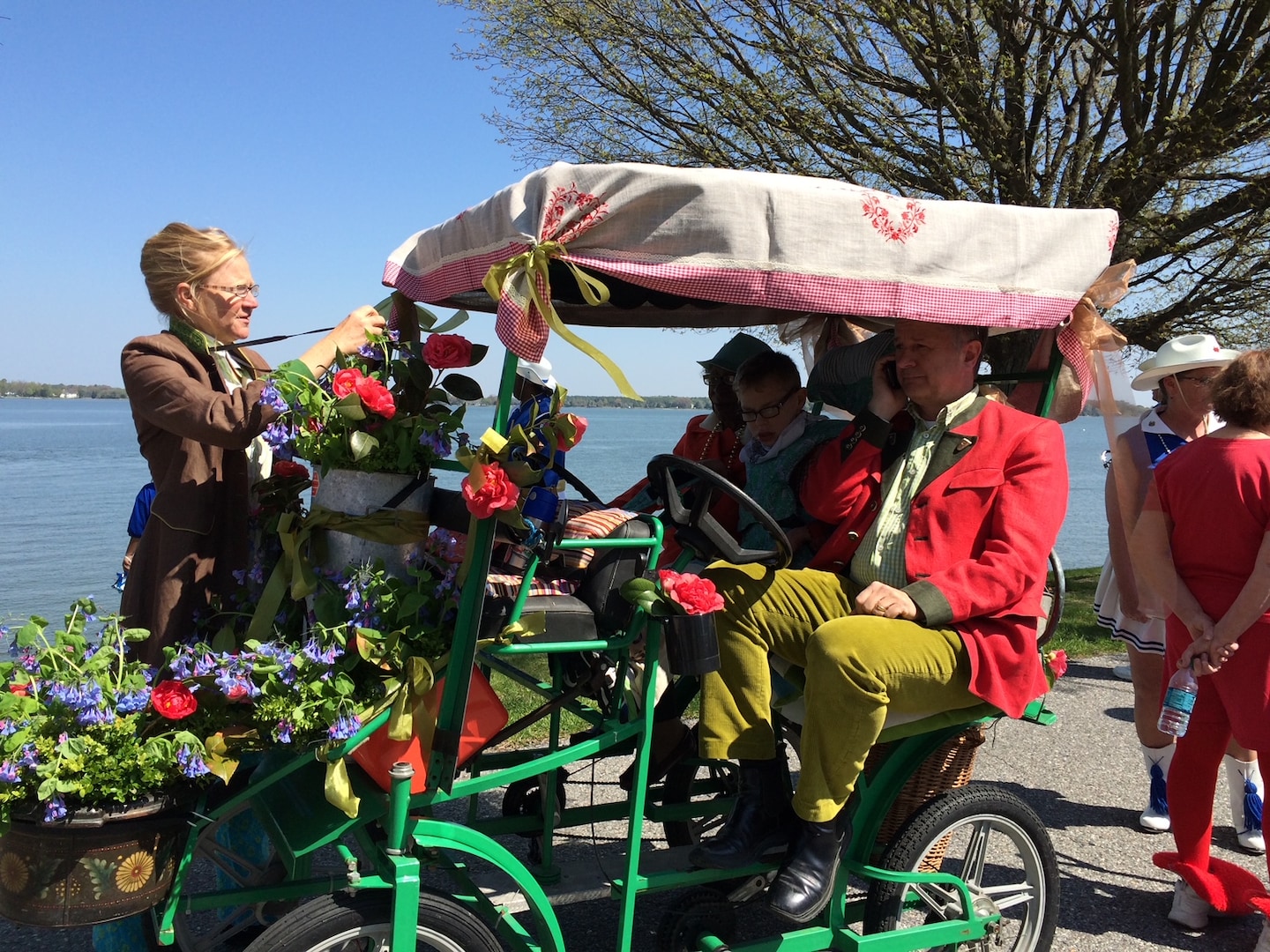OXFORD, Md. — In a tiny corner of a large compound — composed of a greenhouse, architect’s studio, art museum and a few private offices offered to select tenants — is a carefully curated art collection depicting the Black founding families of Maryland’s Eastern Shore.
Art, history and healing on the Eastern Shore

As a close neighbor during the summer of 2014, I was a constant bystander to Paca’s efforts in this project while recovering — thanks largely to her attention — from a concussion. I happened to be renting a house one door down from her home when my accident — a fall down the steep stairs of NBC’s old Washington headquarters — occurred. She immediately took me under her wing. If I wasn’t at her kitchen table most nights for dinner, she routinely delivered meals to my door. She also ferried me to medical appointments, explaining my condition to doctors as I could not.
You see, Paca and her husband, architect Philip Logan, were parents to a son who suffered a brain bleed three days after he was born and displayed symptoms associated with cerebral palsy. Fortunately, Tilghman Paca Logan never had to experience life as a victim but spent his days traveling the world with his parents, painting and attending a special-needs school in New York City. He died last July at age 19.
Because of Tilghman, Paca, a Princeton doctoral graduate, put her keen mind to the task of learning everything about brain injury and brought her experience to my care and to the neurologists we visited. A commanding figure of nearly six feet, she has a bone-shaping handshake and a demeanor that conveys, shall we say, no nonsense. Thus, I received excellent care from neurologists while also enjoying family life with Tilghman as a frequent guest in his joyful, wheelchair-friendly home.
Though I was witness to Paca’s passionate pursuit of the stories of Black families, whose descendants still live around Maryland’s Eastern Shore, I didn’t then grasp the depth and breadth of her vision. Not only did she appreciate Ruth Starr Rose’s artistry, but she also aimed to correct history’s oversights through art. (For the record, Paca and Logan are Caucasian; among her ancestors are Eastern Shore slave-owning families.)
I dropped by the museum unannounced last week and recognized familiar faces in the portraits Paca had scoured the Earth to find. Many had been long forgotten in attics and basements. One foraging expedition took Paca to a drug den in a nearby town where she found and purchased a significant document that filled in gaps in the Moaney family lineage. I recall a day when she invited some descendants of the portrait subjects to her house for an unveiling. They had been unaware of the portraits’ existence and gasped in recognition of an aunt, uncle or grandparent.
The artist Rose was unique to her time. A wealthy, White woman born in Wisconsin, she began painting in Maryland in the 1930s, when slavery was still a living memory. She wanted to capture the lives of people who likely would have been ignored by other artists of the day. In so doing, she created a revealing history of the ordinary and the spiritual in colorful oils, as well as in black-and-white etchings. Many paintings and lithographs depict spirituals, such as the 1944 “Swing Low, Sweet Chariot” and her 1955 “Glory Train,” a.k.a. “This Train Is Bound for Glory.” Paca donated a dozen or so framed reproductions of Rose’s spirituals to the local Black church her family regularly attended and where Tilghman loved to sing along with the choir.
My guide last week, Garnell Henry, a descendant of the families whose pictures were hanging on the walls, explained how the exhibit showcases different aspects of African Americans’ lives of the day, not as maids, gardeners or, for heaven’s sake, pancake-syrup models but as self-employed workers, business owners, musicians and, especially, nurturing families.
I missed seeing Paca this time. She was touring Europe with another exhibit she has curated of Caribbean artist Frank Walter (1926-2009), whose work was not recognized during his lifetime. Her husband, however, showed me around renovations to part of the complex — bedrooms, baths and a kitchen — that will serve as their new dwelling place. He and Paca have sold Tilghman’s childhood home and plan to devote the rest of their lives to mission-driven projects.
Their enduring work is a testament to the power of art, applied and structural, not only to communicate but also to heal. There can be little doubt that Tilghman’s spirit surrounds and guides them.






